1837
The First Known Sheriff of Beaumont
William Stevenson
1838
Beaumont Incorporated as a Town by the Republic of Texas
Upon the official incorporation, a police department was formed only 35 years after the Louisiana Purchase, 2 years after Texas wins Independence from Mexico, and 8 years before Texas becomes the 28th state of the United States.
The first jail was built on Main Street near the present-day Jefferson County Courthouse.
1839
The First Known Jail in Beaumont
One year after Beaumont was incorporated as a town, Jefferson County citizens built the first county jail and at the same location the future county courthouse would be.
1855
The first Jefferson County Courthouse complete
The total cost was $1,900. That’s around $67,000 in today’s money! It was located on Jefferson Square on the corner of Main and Pearl Streets.
1856
The Second Known Jail is Complete
It sat right next to the Jefferson County Courthouse.
1881
The First Known City Marshal
J. A. Bolton was the first City Marshal for Beaumont.
Until the mid-20th century, the Marshals hired their own Deputies.
1891
Horse Drawn Street Cars
In November 1891, the first horse drawn street cars were seen. They ran down Pearl Street in downtown Beaumont.
1893
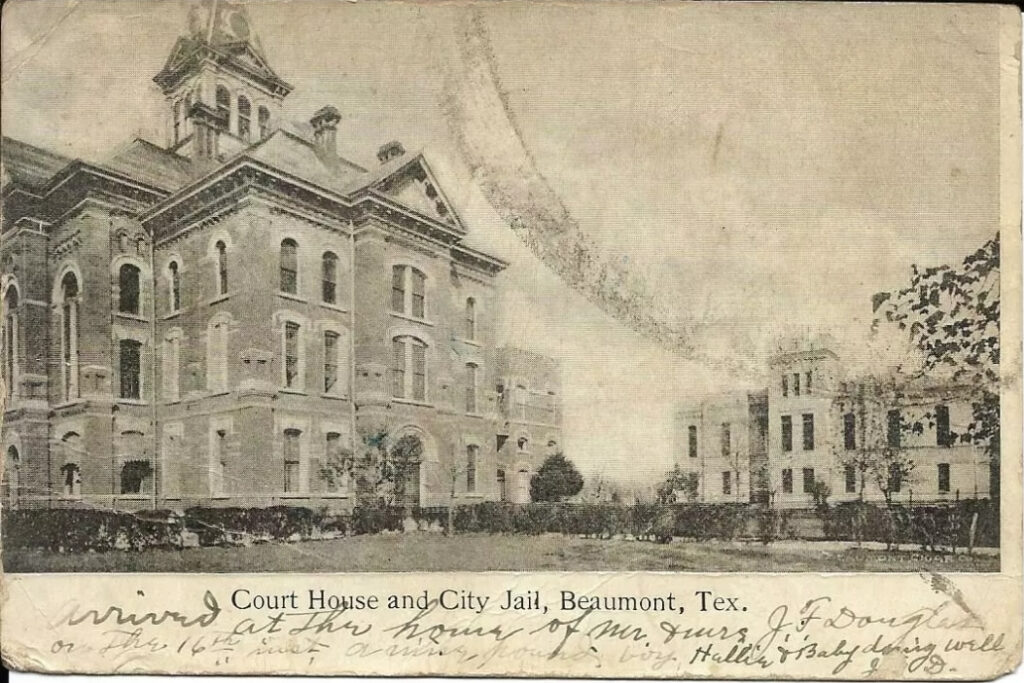
The Second Jefferson County Courthouse
The Second Jefferson County Courthouse was built where the current courthouse sits. It was dubbed “The Castle on the Neches.”
1900

The Last Public Hanging
The last public handing was held on March 9, 1900 in front of the jail next to the Jefferson County Courthouse with over 4,000 people attending to watch the execution. Willie Jones was hanged for murdering his wife.
In those days, public executions were considered a special event to witness and were very popular. The last public execution was in 1936 in Kentucky.
1901
The First Black Policeman and The Lucas Gusher
The first black policeman named John Allen was hired onto the Beaumont Police Department.
On January 9, 1901 the Lucas Gusher blew oil, marking the start of the population boom in Beaumont. In 1900, the population was just under 10,000. By 1910, it had doubled to over 20,000.
1903
Electric Cars Come to Beaumont
The first electric car appeared in Beaumont, only 13 years after the first successful electric car was unveiled. Its top speed was 14 MPH.
The Beaumont Police Department had a City Marshal, Deputy City Marshal, 17 policemen, and one jailer.
1904
A Police Station is Built
Both the Police Station and City Jail were built at 270 Pine Street, in the Langham Building.
1906
A New Police Station
Keeping up with demand of a booming population, the police force needed an established home, thus the new police station was built at 302 Cypress Street, at the corner of Cypress and Tevis Streets. This would’ve been around where the Edison Plaza parking lot is today.
1909

Mounted Policemen are Deployed
Policemen on horseback started patrolling Beaumont.
A new red brick building was built in 1909 to serve as a cooperative market by the City of Beaumont, but was used as a City Hall and Jail from about 1910 until 1926.
The Beaumont Police Department had a City Marshal, Deputy City Marshal, one Night Captain, one Desk Sergeant, 2 mounted policemen, 7 patrolmen, one day jailer, and one night jailer.
1911
Adapting for an Expanding Beaumont
The City Limits were: Washington (South), 4th Street (West), Weiss (North), and the Neches River (East).
The Beaumont Police Department had one Police Chief, one Assistant Chief, one Day Sergeant, 2 detectives, 4 mounted police, and 8 patrolmen.
1912
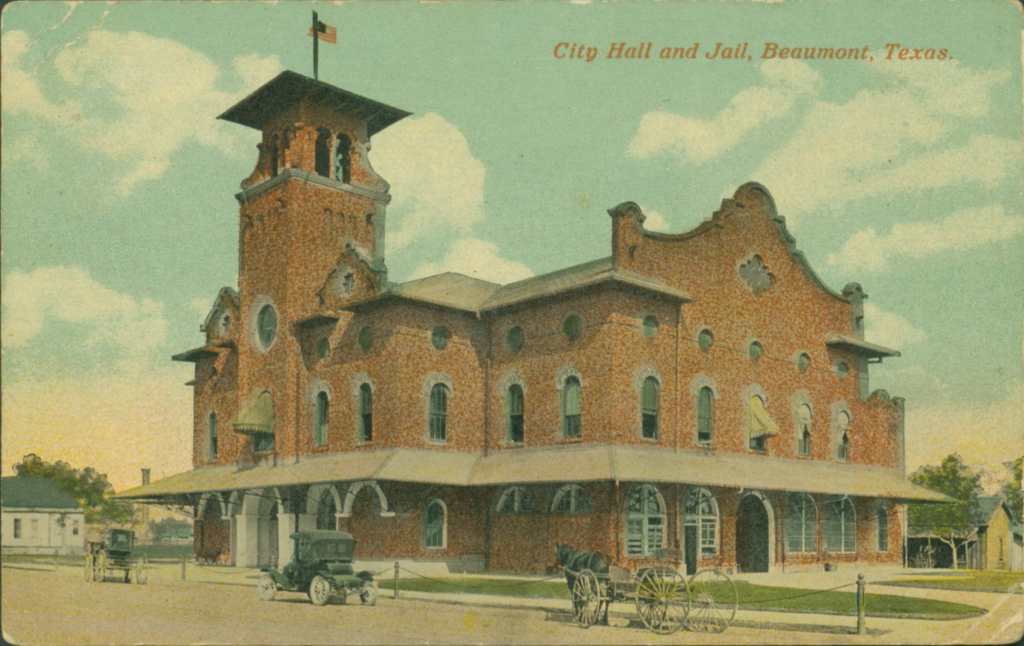
A Police Station Upgrade
The police department built their own station at 925 Main Street, in the New Tevis Market.
1914
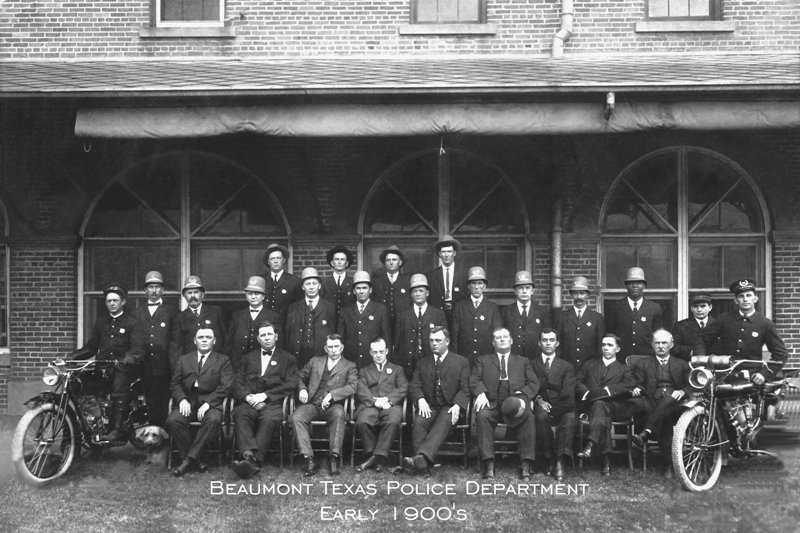
Motorcycles on the Police Force
BPD introduced two motorcycle patrols to the force.
The speed limit was 8 MPH in city limits, and 25 MPH in the County.
1916
Police Cars are Added to the Force
BPD bought a 1916 Dodge, and it was driven by the Police Chief.
Up to this point, the modes of transportation for policemen had been: on foot, horseback, bicycle, or motorcycle.
1917
The Identification Bureau was Formed
It is one of the oldest units in the country. By 1962, the ID Bureau became one of the largest and most efficient in the entire South.
They used the Battley Single Print System for fingerprint identification.
1919
City Charter Changes
An amendment of the City Charter made the position of Chief of Police a council-appointed position. The first appointed Chief of Police was B. B. Johnson.
At this point, there were 26 officers in the department.
1925

Began lifetime career as a police officer at age 19. Was Chief of Detectives for Beaumont Police Department many years; Chief of Police 1923 to 1925.
Started Police Benefit Fund, increased staff from 20 to 50, and reorganized department.
Famed among lawmen for his uncanny ability to detect thieves and pickpockets, often engaged to work at Texas State Fair (Dallas), St. Louis Fair, and Madison Square Garden in New York.
Reid Tevis Joins the Force
Reid Tevis was the first Chief of Police to be given the official title of Head of Police and Head of the Detective Department.
He introduced the three eight-hour shifts, two bicycle squads to patrol at night, and 6-man traffic unit to direct traffic around town.
By the time Chief Tevis left office, BPD became nationally known for its crime fighting efficiency and low crime rate
1927

A New Station is Built
The third station was built at 200 Wall Street, where the Art Museum of Southeast Texas sits today.
1930
Communication Upgrades
Up until this point, Call boxes were used by officers on patrol “on the beat” and were placed strategically throughout the city. Each officer had a key that would unlock all of the call boxes. Officers were expected to call the station every hour to get “calls” from dispatch.
Beaumont was quite advanced – they had the first radio system in the area, that stretched from west of the Mississippi River and south of St. Louis.
It was a one-way radio: officers could hear calls, but couldn’t respond or question the dispatcher
1931
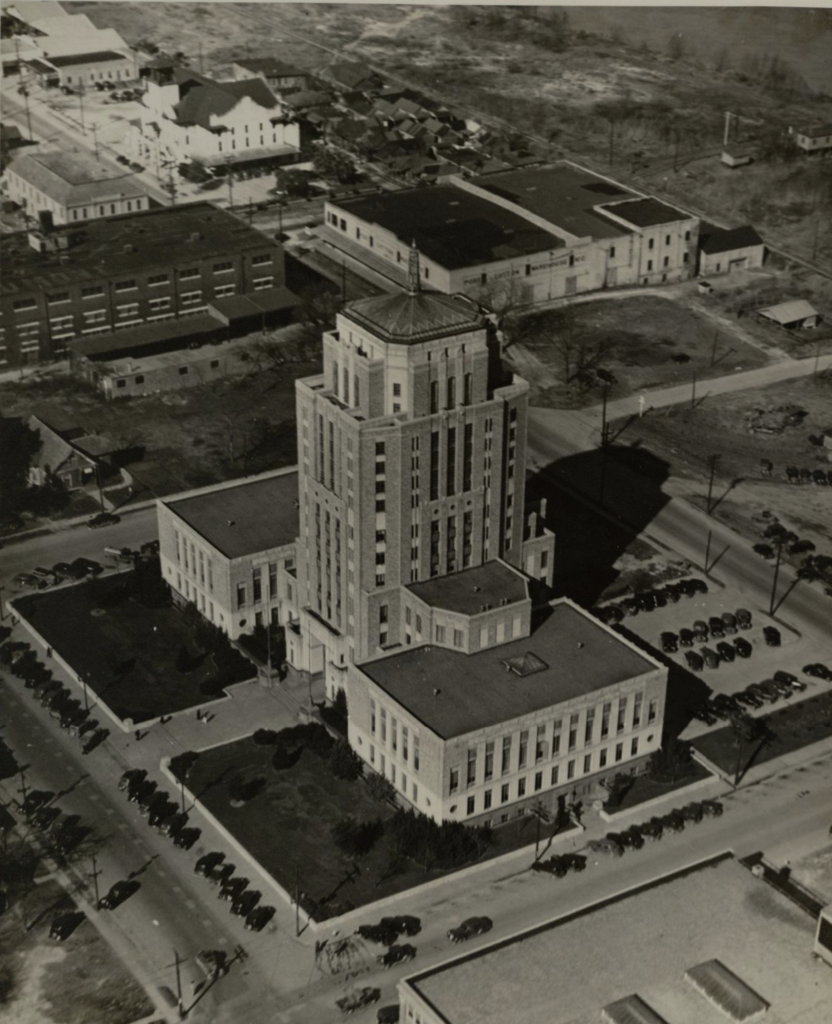
The Current Jefferson County Courthouse is Built
Dedication for this courthouse was held on January 17, 1932. The upper floors of the building consisted of a jail and insane ward.
1933

More Advancements
In August, the department installed radios on all motorcycles.
In October, Servi-Cars were used at the South Texas State Fair. The Beaumont Police Department was the first in the State of Texas to operate two-man Servi-Cars.
1943
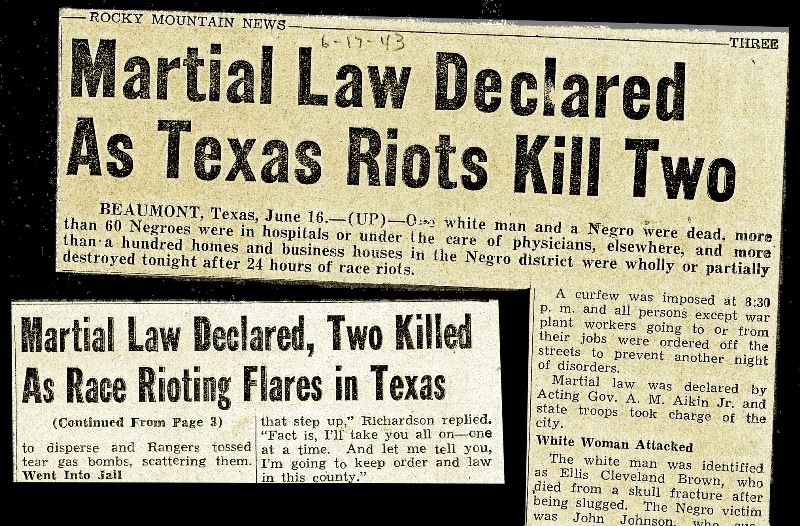
Beaumont Race Riots
The Beaumont Race Riots in June of 1943 made a distinct mark in the history books. After two allegations were made against black men in Beaumont, riots broke out in predominantly black neighborhoods in the central and north parts of town.
Martial law was declared for 4 days, and a total of 206 people were arrested. 1,800 Guardsmen, 100 State Policemen, 75 Texas Rangers, along with Beaumont’s entire police department and Sheriff’s department patrolled the streets during those 4 days. Martial Law was lifted on June 20, 1943.
By the end of the incident, reports indicate that 2 black men and 1 white man were killed, injury totals were too many to count. World War II draftees waiting at the bus station account for 52 of the injured persons.
1946
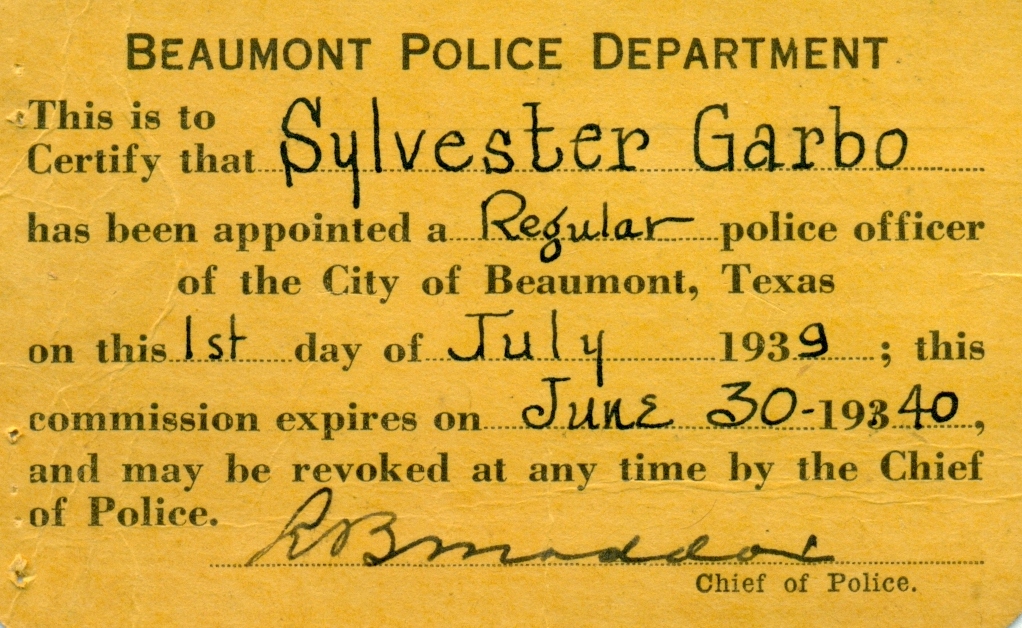
Now Hiring!
There were no written or performance exams to become a BPD officer. For instance, in 1939 a man named Mr. Sylvester Garbo was hired by BPD. His interview process consisted of him playing the trombone for Chief Maddox.
New Patrolmen made $200/month (about $3,100 today). In earlier days, patrolmen made $50/month, and $1.50 commission on all convictions in court where the defendant was ordered to pay a fine.
1950

New Advancements for BPD
A new police station was built at 900 Main Street.
J.H. Mulligan is appointed as Chief of Police. He added a Juvenile Detective to the Department.
Beaumont officers could go outside city limits to make arrests on warrants for Beaumont, regarding unpaid traffic citations or more serious crimes
1952

The Meter Maids
The City installed parking meters in the downtown area. There were 4 “Meter Maids” that answered to City Hall.
1953

Buster Turner
He was one of the department’s first Black officers, and became a staple in the community. Buster was the first known black police officer to work his entire career as a Beaumont Police Officer and ultimately retire. He retired in 1988.
His starting salary was $500/month (about $5,800 today).
1955
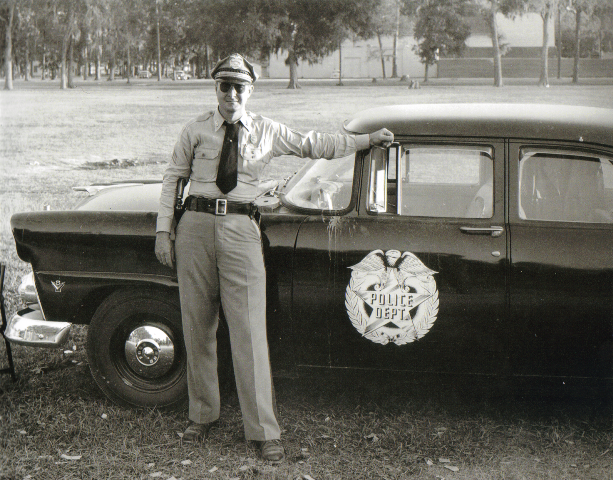
Prowl Cars
At this point, the police department had cars painted white, and cars painted black. The black cars, called “prowl cars” were equipped with shotgun racks and a flashlight. The white cars were traffic cars.
Prowl Car officers rode in 2-man units.
1961

Willie Bauer becomes Chief of Police
William Bauer, the assistant chief, is appointed to Chief of Police by City Council. In 1965, he becomes President of the FBI National Academy Associates.
His salary was $17,500/year (around $180,000 today).
1962
New Entrance Requirements
New police recruits were now required to pass a polygraph test, reading-comprehension test, psychological test, and be 5’8″ or taller.
Chief Bauer also appointed a second full-time juvenile detective.
By now, the department had 9 uniform patrol cars, 12 plain cars, 7 traffic cars, 5 motorcycles, one 3-wheeler, 9-passenger bus (prisoner detail), and 1 pickup truck.
1968
The First Police Academy Graduates
Chief Bauer made significant improvements to the education and training of the Beaumont Police Officers. Officers were instructed in firearms and other areas like public relations. Instructors from DPS were brought in for classes on various topics.
He also started the Internal Affairs Office and appointed Eugene Corder as Internal Affairs Investigator.
1974
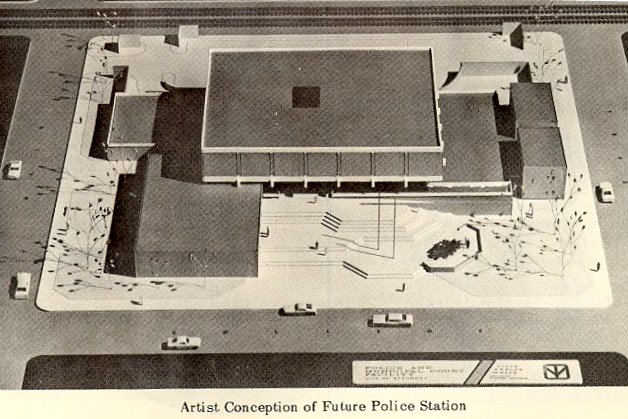
A New Police Station
The current Beaumont Police Station was built for $3.5 million, and sits at 255 College Street.
This jail was built on the lowest level of the station, and would house a total of 44 prisoners. The space, now repurposed, includes 19th and 20th century photographs of the city and depicts the rich history of our police department with artifacts such as early uniforms, antique weapons and equipment, and mug shots from the 1930s.
1975
No More Motorcycles
By 1975, there were 7 motorcycles, but it dwindled to 5. Police Motorcycles were Harley Davidson and were brought to the Harley shop at the corner of Washington and Railroad Ave (Now MLK) for servicing.
Motorcycles were re-introduced 20 years later, in 1995.
1976
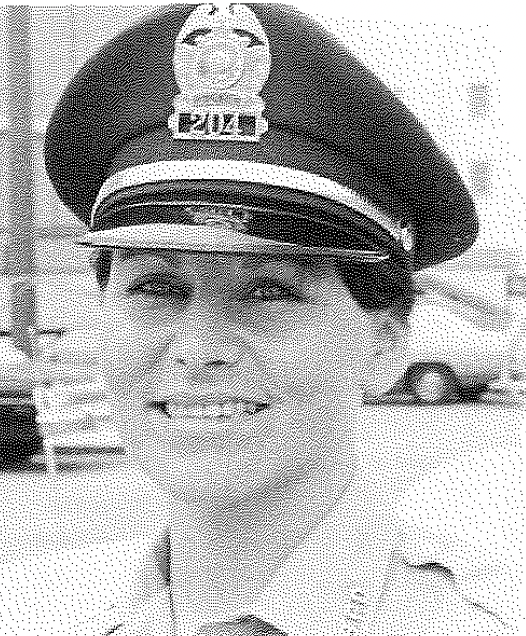
The First Female Officer
Ella Faye Hargraves Ford started as a secretary in 1973, in 1976 graduated from the police academy.
She was promoted to Sergeant in 1979, and retired in 1998.
1981
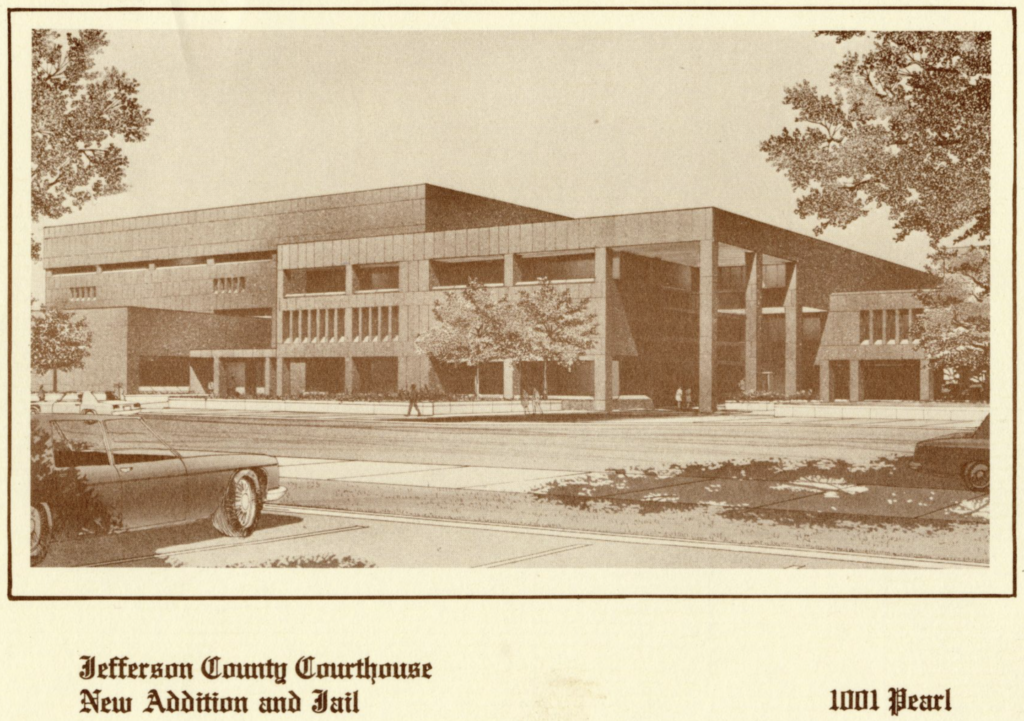
Jefferson County Courthouse Expands
The Jefferson County Annex building and jail was built. It was dedicated on June 4, 1981.
1982
The First Dog on the Force
Beaumont PD had one drug detective dog, a Golden Retriever named Tika.
1984
A New Chief Brings Change
John Swan was appointed Chief of Police, under which the Public Relations Unit (PCR) and TACT Team began.
1987
Focusing on Community Relations
George Schuldt was appointed Chief of Police, under which Police Activities League (PAL) and Cops and Kids got their start.
During the Schuldt Administration, the Aviation Unit also began.
1988
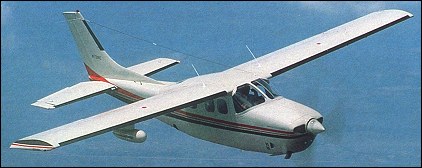
An Airplane is Added to the Fleet
The Aviation Unit began with one Cessna Turbo 210/ Centurion given to BPD by the US Army.
1992

K-9s join BPD
The K-9 unit was formed under Chief Schuldt.
1993

Advancements Under Chief Scofield
Tim J. Scofield becomes Chief of Police.
Under him, the department joined the Auto Theft Task Force to target thefts happening in Beaumont. He also oversaw the created on the Community oriented Policing Unit.
1994
Technological Advances
The Housing Unit started in an effort to decrease the number of calls for service in the apartment complexes throughout Beaumont.
Citizens Police Academy (CPA) started and was open to all Beaumont citizens.
The Demolition Unit was also started. This unit used prisoners to demolish structures condemned by the city.
1995
Traffic Enforcement
Three motorcycles were added back to the BPD fleet.
The department also enlisted the help of the public, and created the Citizens on Patrol program.
The S.T.E.P (Selective Traffic Enforcement Program) began with 8 officers.
BPD also installed their first 54 MDT’s (mobile data terminals) in all patrol cars.
1996
Beaumont is Re-Zoned
Beaumont was re-zoned into 3 zones, from 9 sections previously.
The Family Violence Unit opened its doors thanks to a Federal grant.
1997
Special Tactics and Rescue
A STAR Unit was formed.
2006
Changes Under Chief Coffin
Frank Coffin, Jr. was appointed as Chief of Police, and managed many changes to the department.
He implemented the 10-hour shifts in Criminal Investigation Division, and introduced the COMSTAT system of managing criminal intelligence.
He also oversaw the opening of the City’s State-of-the-Art Emergency Management facility, which was previously the White House Department Store. The Animal Services division fell under the command of the department once again.
2010
Beaumont Police Museum
The Beaumont Police Museum was created with the assistance of many volunteers and police officers who appreciated the value of this history. It is located on the lowest floor of the Beaumont Police Department, previously the department’s jail.
2011
Chief Jimmy Singletary
Chief Singletary joined Beaumont Police Department in 1970, and was appointed Chief of Police in 2010.
2024
FUSUS
BPD implemented a cutting-edge technology to combat crime in Beaumont: The FUSUS System.

